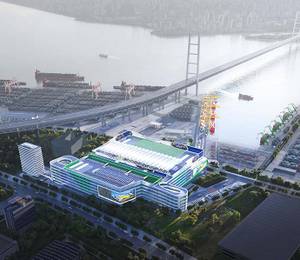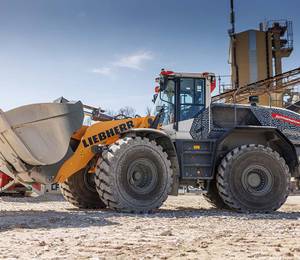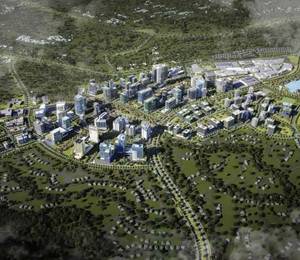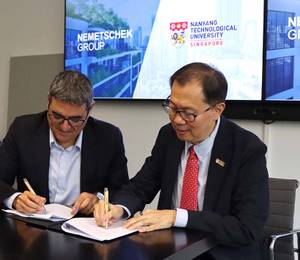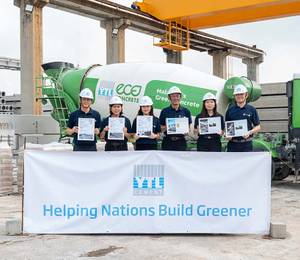Mapei’s structural strengthening solutions feature composite materials technology, which enables the properties of each single material to be combined for better overall performance characteristics. Generally made up of a polymer resin or mortar matrix in which fibre strengthening (in carbon, glass, basalt or steel) is embedded, composite materials are characterised by high strength, low weight, durability and versatility.
Among these solutions is Mapei’s fibre reinforced polymer (FRP) system. It comprises an extensive range of composite materials with an organic polymer matrix (epoxy resin), which is used to impregnate a long, continuous strengthening material made from fibres, typically carbon or glass, with high mechanical properties.
One of the projects that employed this FRP system is the popular tourist destination Casa Batlló in Barcelona, Spain. Here, Mapei was engaged to carry out structural strengthening work on the masonry, arches and vaulted ceilings of the building.
Another solution is the MapeWrap EQ system, which is designed to prevent secondary partition walls from overturning and floor slabs from collapsing, thus allowing more time to evacuate buildings in the event of an earthquake. Applied just like any normal wallpaper, this system improves dynamic stress distribution and helps contain rubble resulting from substrates breaking apart.
The MapeWrap EQ system is a combination of bi-directional reinforcement made from glass fibre mesh with a surface treatment of alkali-resistant, polyurethane-based primer, such as MapeWrap EQ Net, and a one-component, ready-mixed, water-based adhesive in polyurethane dispersion with very low emission of volatile organic compounds (VOC), such as MapeWrap EQ adhesive. The system also forms a perfect bond with rendered substrates, as long as they are solid and compact, and have a ‘containment’ effect on elements typically prone to brittle fracture.
Some applications ideal for the MapeWrap EQ system include: structural reinforcement of facing walls applied on the internal and/or external face; reducing the seismic vulnerability of internal and external secondary partition walls; and reinforcement to prevent the collapse of brick-cement floors.
In addition, the MapeWrap C Uni-AX 300 SP system is suitable for strengthening reinforced concrete elements damaged by physical-mechanical action; for the confinement of axial loaded; and for seismic retrofitting of structures in earthquake zones. This system is a mono-directional carbon fibre fabric characterised by a high (≥ 234,000 N/sq mm) modulus of elasticity. It may be laid using two different techniques – wet system and dry system – by applying the following range of epoxy resins: MapeWrap Primer 1 SP (strengthening for the treatment of the substrate), and MapeWrap 31 SP (impregnating agent for fabrics).
The mechanical performance characteristics and durability of the MapeWrap C Uni-AX 300 SP system has been certified by the American Institute ICC-ES under various environmental conditions. Due to its extreme light weight, the fabric from MapeWrap C Uni-AX 300 SP range is less labour intensive than conventional technologies (steel plate bonding).
Some applications ideal for the MapeWrap C Uni-AX 300 SP system include:
-
Repair, maintenance and static upgrade of deteriorated structures, where it is necessary to reinforce the tensile strength of the section.
-
Confinement of axially loaded or damaged concrete elements (columns, bridge piers, or chimneys) in order to improve ductility and load bearing capacity.
-
Seismic retrofitting and restoration.
-
Repair of structures damaged by fire.
-
Reinforcement of load bearing elements in buildings that have been restructured for architectural reasons or change of use.
The MapeWrap and FRP systems from Mapei are available globally, including in Asia. In Singapore, for example, the MapeWrap systems have been used in a number of projects related to underground construction. They have also been used for structural reinforcement and concrete repair works on apartment buildings in Malaysia, as well as for structural strengthening work on an underground carpark in Indonesia.

